“Hokkeko” is the general name used to refer to Nichiren Shoshu believers. In Nichiren Shoshu there are many local Temples. In each of these local Temples there is a chief priest who has been assigned to that Temple by the High Priest.
All Nichiren Shoshu believers are affiliated with a local Temple. The believers at each local Temple together make up a Hokkeko believers’ organization, and practice together under the guidance of the chief priest. In each believers’ organization there is a Koto (representative officer of the Hokkeko), one or more Vice-Kotos (assistants to the Koto), several Kanjis (coordinators or secretaries), and in some cases, a treasurer. All of these officers have been appointed by the chief priest, and their positions have been confirmed by the High Priest.
When we make the determination to take faith, after being introduced to Nichiren Shoshu by our sponsors, we receive the Gojukai ceremony and joyfully become members of the Nichiren Shoshu Hokkeko. In this manner we get our start in faith activities in the Hokkeko organization, and receive correct guidance from the chief priest.
The origins of the Hokkeko go back more than seven hundred years, to the Daishonin’s time. The Daishonin called the believers during this age the “people of the Hokkeko-shu” (Lotus Group). Among those believers were the highly active Hokkeko members in 5 the Fuji-Atsuhara region. Under the guidance of Nikko Shonin (who later became the second High Priest), the Fuji-Atsuhara Hokkeko achieved remarkable progress in its movement to propagate Nichiren Daishonin’s Buddhism through shakubuku. These efforts met with great repression in what is called the “Atsuhara Persecution.” In the end, three believers were executed, most notably a leading believer named Jinshiro. Regarding the fortitude of the Atsuhara Hokkeko, the Daishonin states in the Gosho, Shonin-to Gohenji:
You (Nikko Shonin) reported to me that when they (the Atsuhara believers) were faced with oppression, they chanted Nam-Myoho-Renge-Kyo, Nam-Myoho-Renge-Kyo with pure, humble minds. I realized the situation was extremely grave.
(Gosho, p. 1405)
As this shows, amidst storms of repression that threatened their very lives, the Atsuhara Hokkeko believers steadfastly maintained their faith. Not a single person among them gave up.
This Atsuhara Persecution was the incident that ultimately resulted in the Daishonin inscribing the Dai-Gohonzon of the True High Sanctuary on October 12, 1279, for the purpose of saving the people of the entire world in the future throughout the long era of Mappo.
When a Buddha is going to expound the Law, there must first be people worthy of receiving that Law. In other words, there must be disciples and believers who will protect, propagate and transmit the Law taught by the Buddha, even at the risk of their own lives.
When the Daishonin saw that the faith of the people of the Hokkeko at that time was so pure that they had no regrets even when giving their own lives for the sake of the Law, He felt that the time had arrived at last to inscribe the Dai-Gohonzon, the basis of His Buddhism, which up until then, He had kept hidden in His heart.
There is a supplementary inscription on the Dai-Gohonzon which reads: “…with great respect for the petitioner of the High Sanctuary of the Essential Teachings, Yashiro Kunishige and the people of the Hokkeko-shu.” This indicates that the Dai-Gohonzon, the fundamental purpose of the Daishonin’s advent into this world, was established for the Hokkeko believers in response to their earnest desire to seek the Law. The Sixty-fifth High Priest of Nichiren Shoshu, Nichijun Shonin, stated, “The correct way for believers in this religion to revere the Daishonin is to be the successors to this Hokkeko.”
We are the successors to the honorable name “Hokkeko,” the name the Daishonin Himself bestowed, the name that is engraved on the Dai-Gohonzon of the True High Sanctuary. We believers in the Hokkeko make it our starting point to pledge our devotion to the Head Temple and look to our great seniors, the people of the Atsuhara Hokkeko, as models in faith. We exert ourselves in faith activities in the Hokkeko organization of our local Temples. The Daishonin teaches:
The correct master, good believers, and the True Law; when these three are assembled together, prayers can be fulfilled.
(MW, Vol. 6, p. 193, Gosho, p. 1314)
We who have become members of the Hokkeko should aspire to be “good believers” who maintain correct faith and practice of the Buddhism of Nichiren Shoshu.
The Hokkeko organization of believers was established with the primary purpose of enabling each of us to fulfill our potential and to receive the boundless benefit of the Gohonzon. This organization was not founded for the purpose of profit. Rather, the foundation is pure faith. This means that the spirit of faith is of first importance at all places and times.
It is important when people join that they not be concerned with social status, age, or gender. Rather, the new member should think of himself or herself as a Freshman at school, and with a pure and humble mind, be receptive to guidance from the priests and warm encouragement from experienced members. When various problems or incomprehensible matters crop up in one’s practice, the member should seek out and be frank with the priest and receive guidance. If one’s judgment concerning this Buddhism is based on one’s own egotism, sometimes great mistakes may be made which invite unhappiness.
This organization exists expressly for the sake of further advancing our own correct faith, practice and study. The Hokkeko is a united body of believers of the Nichiren Shoshu Temple. This basic spirit has not changed in the slightest in more than 750 years. The Sixty-sixth High Priest, Nittatsu Shonin stated, “I would hope that the Hokkeko will always stay on its course, and strictly maintain the kind of faith which will share its destiny with that of the Head Temple and local Temples.”
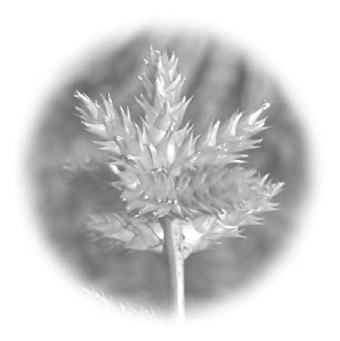

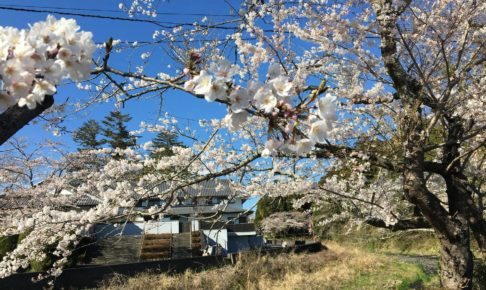




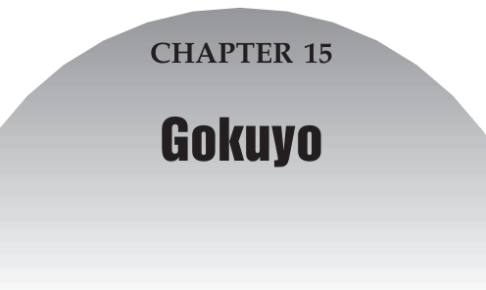
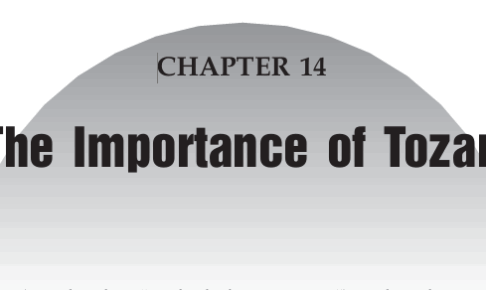
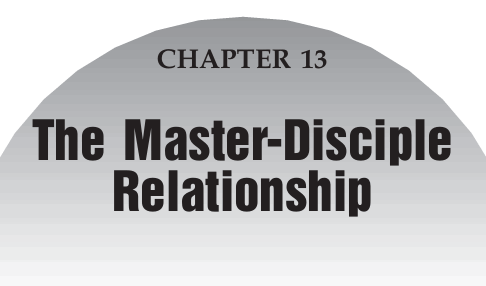

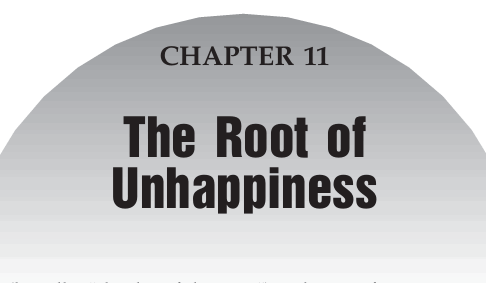
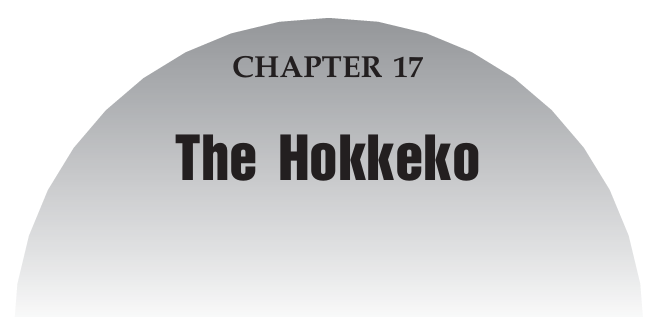
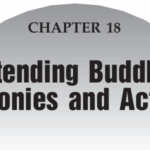

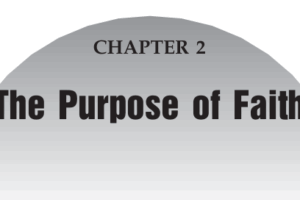
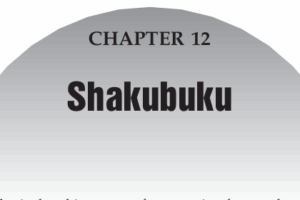
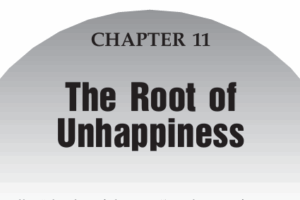
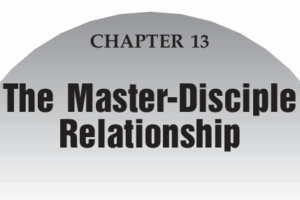

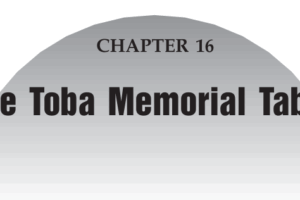


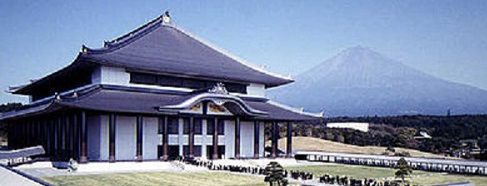
最近のコメント